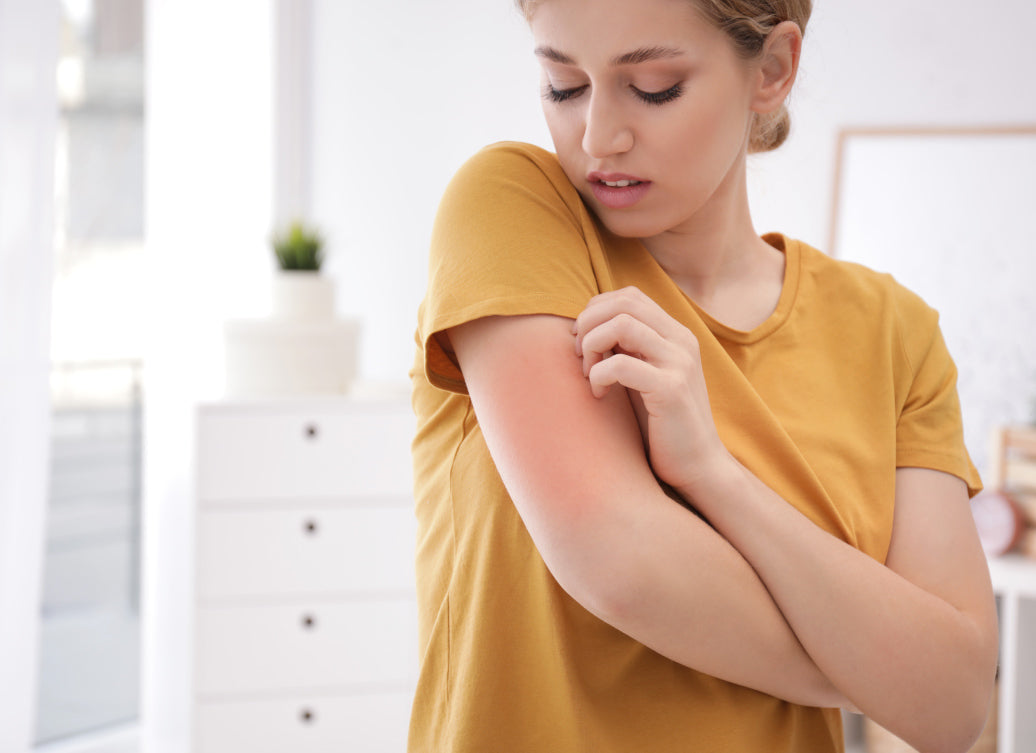Polymorphic light eruption (aka PMLE) is a sensitivity to sunlight that tends to occur in people whose skin has been covered up in the winter months. It affects about one in ten of the UK population, but it’s usually fairly mild, with bumpy itchy rashes triggered by an hour or two of early summer sunlight, and resolving after a day or two.
As the summer progresses, sufferers' skin gets used to the sunlight, and the flares decrease in frequency and severity. For most people, PMLE flares are a mild occasional discomfort in early summer, and not something they need to seek treatment for, so it could be said that the condition goes away, not just between flares, but for the colder months of the year.
However, it does seem to be the case that once you’ve experienced an initial flare of PMLE, it’s likely to occur again, and it may worsen before it gets better. For many people, this means they need to be careful with sun exposure every year in early summer, but won’t flare up in winter.
Unfortunately, for the unlucky minority, PMLE can mean days if not weeks of symptoms, with flares recurring throughout the summer, and even, in rare cases, all year round. There’s a variant of inherited PMLE which predominantly occurs in the Americas, and isn’t related to seasonal change; this condition, called actinic prurigo, doesn’t ever ‘go away’ as such, in the way that seasonal PMLE tends to go away in the colder months.
The good news is that even if PMLE recurs after your first experience of it, most people find that their condition improves over the years. On average, it can take about 5-8 years of annual flares before the skin stops reacting to that first summer sunshine. With other coping strategies, PMLE, most cases can become manageable, and with luck, will go away completely eventually!
For more information about polymorphic light eruption, see our article How Is Polymorphic Light Eruption Treated?
You might find Balmonds emollients useful to help keep your itchy skin in good, healthy, resilient condition. Although creams and balms cannot ‘cure’ or treat the root cause of PMLE (or other chronic skin conditions), they are effective at providing hydration, locking in moisture, smoothing thickened areas, and keeping skin soft and supple.
Our products do not contain sunscreens! Do not apply oils or oil-based balms like Skin Salvation to exposed areas of skin in bright sunlight, as the oils can make the skin more likely to burn.
Recommended products:
Balmonds Skin Salvation
with hemp and beeswax
Balmonds Daily Moisturising Cream
with shea butter and calendula
Balmonds Cooling Cream
with shea, menthol, aloe vera & lavender
